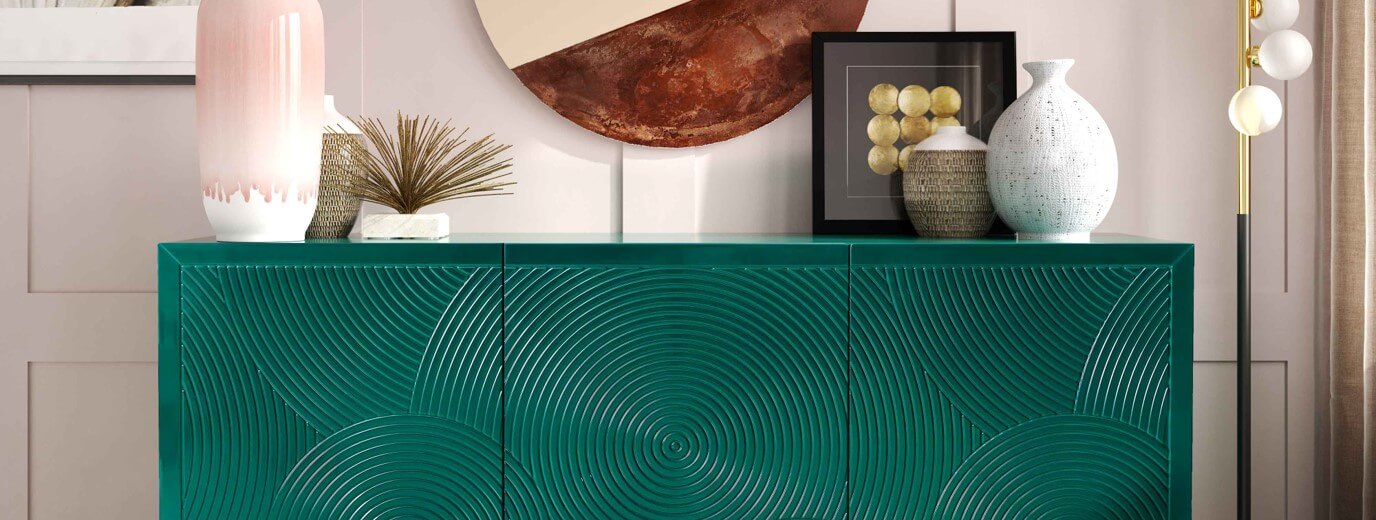Overview
Lacquered furniture, lighting and accessories lend a luxurious finish to modern interiors while hinting at a retro glamour.
- Lacquer is paired with materials such as metal and wood to create visual and textural contrasts
- Lacquered surfaces range from matte and rubberized to liquid gloss, offering a wide range of possibilities
- Designers revisit time-honored ornamental lacquer techniques and effects
- At the other end of the scale, home wares go strictly minimalist with tonal colorways, fine edges, angular shapes and matte lacquers
- Lacquer finishes will become more prominent across the interiors market over the next few seasons – as the 1970s continue to influence home wares
Lacquer + Metal
Matte to high-gloss shine lacquers are combined with different types of metals, lending a visual contrast to statement lighting and furniture. Matte black lacquers are paired with shiny copper while glossy white lacquer is matched with burnt gold, creating powerful extremes and luxurious effects.
Lacquer + Wood
Flat glossy and matte lacquers are paired with wood textures, creating a tactile contrast. Designs play with proportion: large rustic wood cabinets are accented with thin slivers of glossy lacquer, while stools combine high-gloss lacquered legs with a matte wooden top. Lacquer drives dynamic contrasts, whether in tonal shading or vibrant color.
Liquid Gloss
High-shine lacquers give furniture and home accessories an almost liquid sheen. Mirror-shine coatings lend a glossy effect to accessories such as trays and tables, while more thickly applied, painterly, free form lacquer applications appear as though still wet.
Modern Matte
Matte lacquer surfaces lend a more contemporary aesthetic to furniture and lighting. Pared-down lacquers are entirely matte or take on a slightly rubbery sheen, rendered in black, white or muted pastels. These are combined with natural materials such as wood, glass and metal for a stripped-back look.











